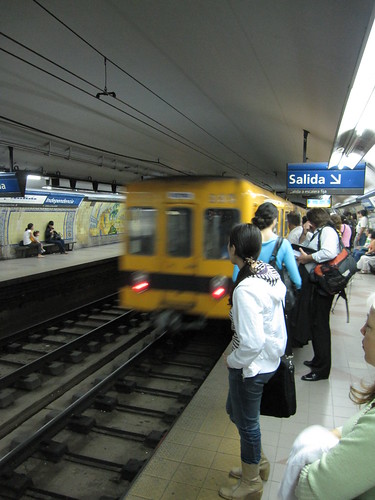
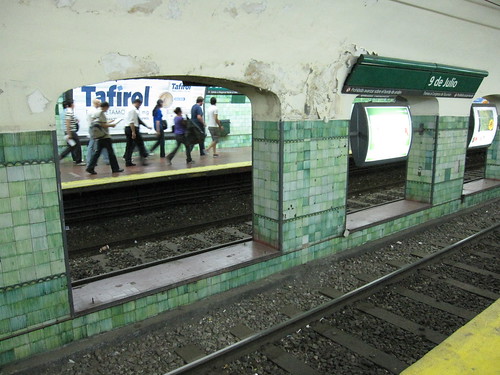
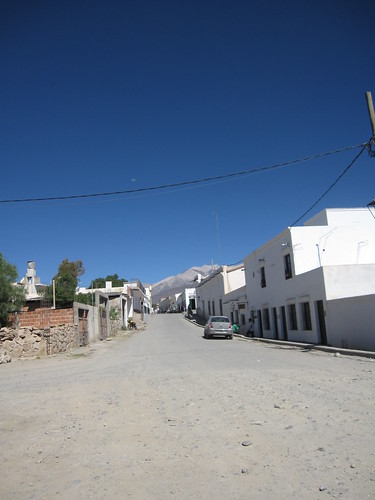

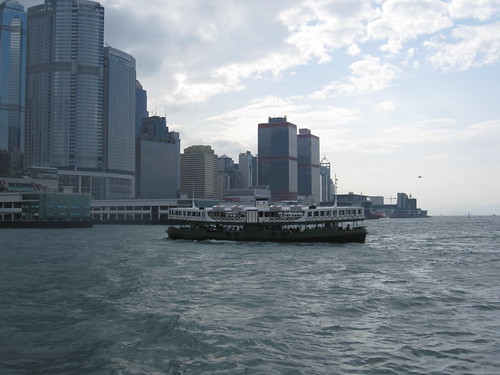







Back in Port Arthur, track had kept Charles focused. It had given him something to do during football offseason, when cousins found trouble .Now I often defend athletics because I was an athlete who benefited from competing for a division one school. But there were times when I had to fight my guidance councilor to take harder classes. At times she would try to give me easy classes because of catering to the lowest common denominator in the program. People who just needed classes to stay eligible to play.
Charles says he was told that if he wanted to maintain his place as the Longhorns' starting running back, he'd have to abandon track and make football a year-round commitment.There were many guys who liked to run who were told they couldn't. I don't doubt that studying more tape helps. But Football isn't the center of the universe. If they are enrolled in school, let them take the classes they want. And if they want to play another sport that helps their football playing in the offseason why not let them?
“Downs-Thomson paradox, also referred to as the Pigou-Knight-Downs paradox, states that the equilibrium speed of car traffic on the road network is determined by the average door-to-door speed of equivalent journeys by (rail-based or otherwise segregated) public transport. It follows that increasing road capacity can actually make overall congestion on the road worse."Sounds like some sort of variation of induced demand.
Council Member Sheryl Cole sits with Leffingwell on the Transit Working Group; she had heard Allen say there he believed pressure to meet a November 2004 rail referendum deadline had shortchanged the design and engineering work on the Red Line. In Allen's assessment, inadequate early planning, design, and engineering work, combined with a failure to engage sufficient outside expertise, had led to an unrealistic budget and schedule.I wrote about the quick switch from LRT to Commuter Rail in my Master's report. Capital Metro had only been working on the Red Line plan for a few months before they made the decision to put it before voters in the summer. They had been talking about LRT up until January of 2004. Contacts at UT had mentioned that Capital Metro had stopped talking to them cold turkey to pursue this other plan. From my Masters report (Thesis)
According to John Rishling, Vice President for Campus Planning at the University of Texas, light rail planning continued until January of 2004 when talks with John Almond, the lead engineer for the rail project, all of the sudden stopped. Rishling stated that the Pickle Research Center in North Austin between the red line and the Union Pacific line is being planned as a residential campus for students of the University of Texas and transit was needed to connect it to the main campus. Maps in Rishling’s office suggest light rail be built down San Jacinto Street but even by August he had not heard anything from the transit agency except for what he read in the news...In March of 2004 Capital Metro announced their proposed system.From Doug Allen's account it seems as if they didn't have enough time to think this plan through before the election. More than likely they devised the plan for the Red Line in two months based on years of putting the alternatives against each other. In other words it smells of bad push politics from people like Mike Krusee, which we knew all along was spinning away from light rail and pushing for rail towards his district, not in Capital Metro's service area.
In October's meeting, Allen said the cost of the Red Line commuter rail system "probably could and should have" been $300 million (to build it out properly, with double tracking) to serve the transit ridership potential in that corridor – still a good price for a 32-mile system.I don't think this should be hard for everyone to understand. 38,000 riders for LRT in 2000 versus 2,000 riders for Commuter rail in 2004. It's not rocket science. The politics was messy and Capital Metro allowed themselves to get pushed into it. This didn't start with the current contractor, this started back before 2000 with Krusee who was head of the House Transportation Committee. Again from my Masters Report:
Representative Krusee proposed a starter red line replacing the 1998 consultant’s green line light rail in 2000. Consultants in 1998 believed that the green line was a better route for ridership production however it was turned down by the voters in 2000. It seemed that commuter rail was on Senator Krusee’s mind even before the 2000 election. In a 2000 Austin American Statesman article, he was quoted, “I wish they would be more open-minded to alternatives to light rail”.His fixation on that freight line led to a poorly planned line and here we are seeing the results in 2009. Thanks Mike, glad you had your revelations after you lost your power to do anything about it.

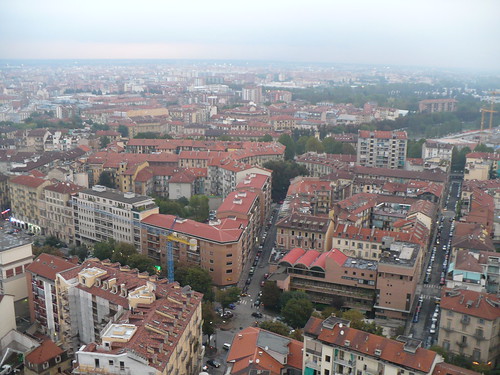

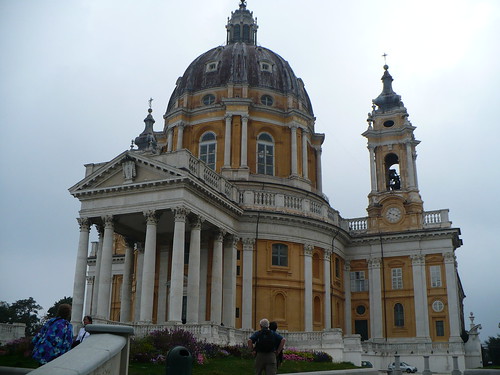
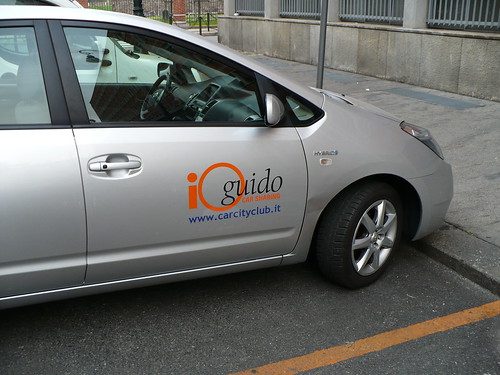
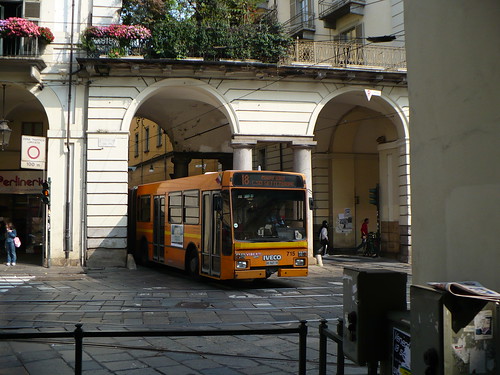
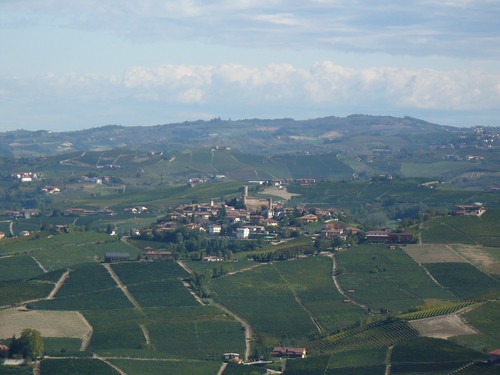
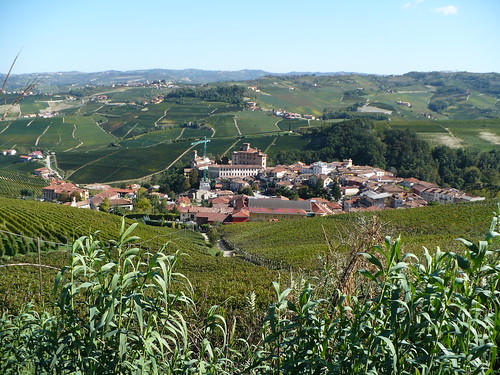
But most Denton County cities, including Lake Dallas, rejected membership and the sales tax requirement. When DCTA offered those cities a second chance at membership in 2006, only Shady Shores and Corinth talked seriously about buying in.~~~
McCrory is credited with pushing through a transportation plan that, with the help of a $200 million federal grant for light rail, revitalized blighted Charlotte neighborhoods. On Friday, he visited with about 200 advocates of returning electric trolleys to the Fort Worth streets.
Now that light rail is on the ground in Charlotte, he said, "our bus ridership is not just people who have to have it but people who want to ride it. Bus ridership is all races and classes. The bus system is unbelievable now."
What happened in Charlotte was not only the construction of light rail and the planning for a rapid transit network, but most of the half cent sales tax went into improving bus service. This is what the referendum focused on back in 2007. If passed, it would have severely hampered the bus system as well as the LRT expansion. But as a reward for the investment, Charlotte has had substantial gains in ridership directly related to the upgraded network and improved service.
SEC. 173. Hereafter, for interstate multi-modal projects which are in Interstate highway corridors, the Secretary shall base the rating under section 5309(d) of title 49, United States Code, of the non-New Starts share of the public transportation element of the project on the percentage of non-New Starts funds in the unified finance plan for the multi-modal project: Provided, That the Secretary shall base the accounting of local matching funds on the total amount of all local funds incorporated in the unified finance plan for the multi-modal project for the purposes of funding under chapter 53 of title 49, United States Code and title 23, United States Code: Provided further, That the Secretary shall evaluate the justification for the project under section 5309(d) of title 49, United States Code, including cost effectiveness, on the public transportation costs and public transportation benefits.But the reason why the amendment had to be created is because federal funding has lots of strings and these matches are quite tricky. And while many cities would like to skip the new starts process initially by building the first line themselves, the NEPA rules are not structured to allow this. Several different cities have tried successfully and unsuccessfully to do something similar with their match process however the key sticking point is always the NEPA process and following the environmental rules.